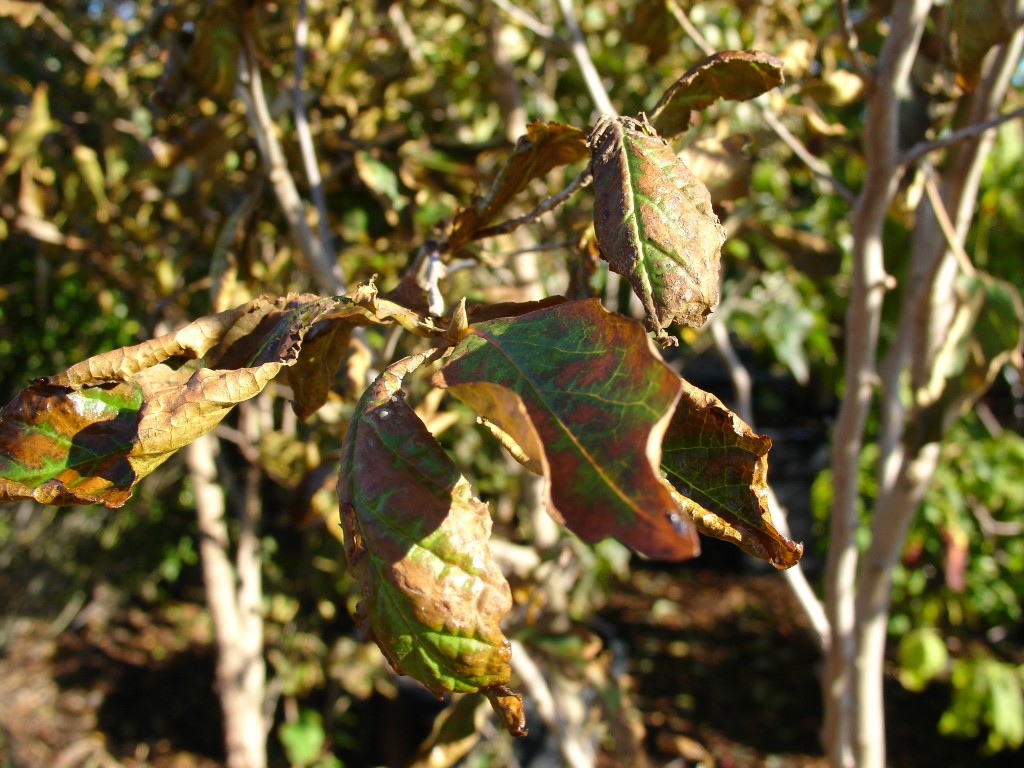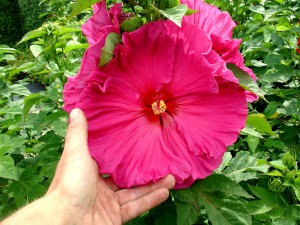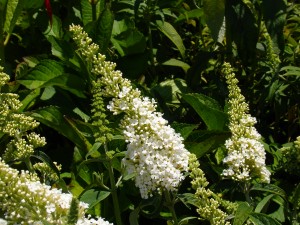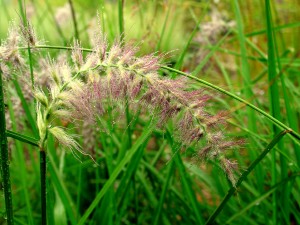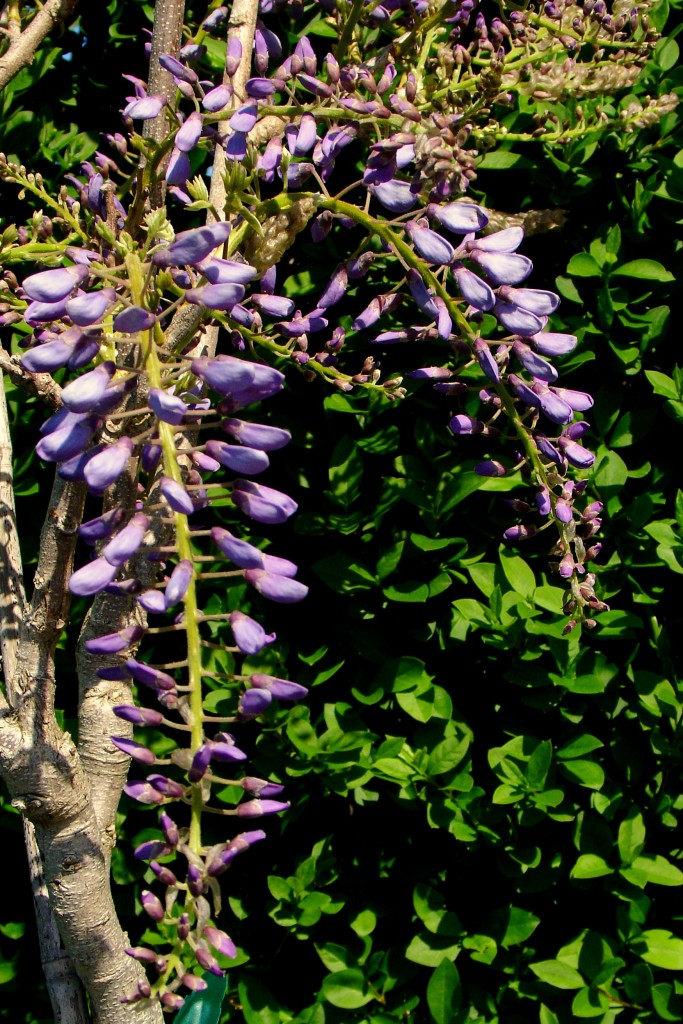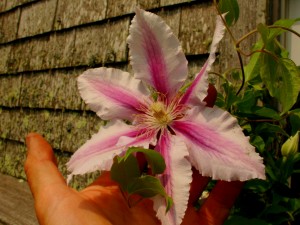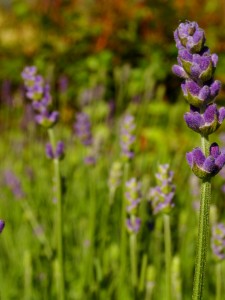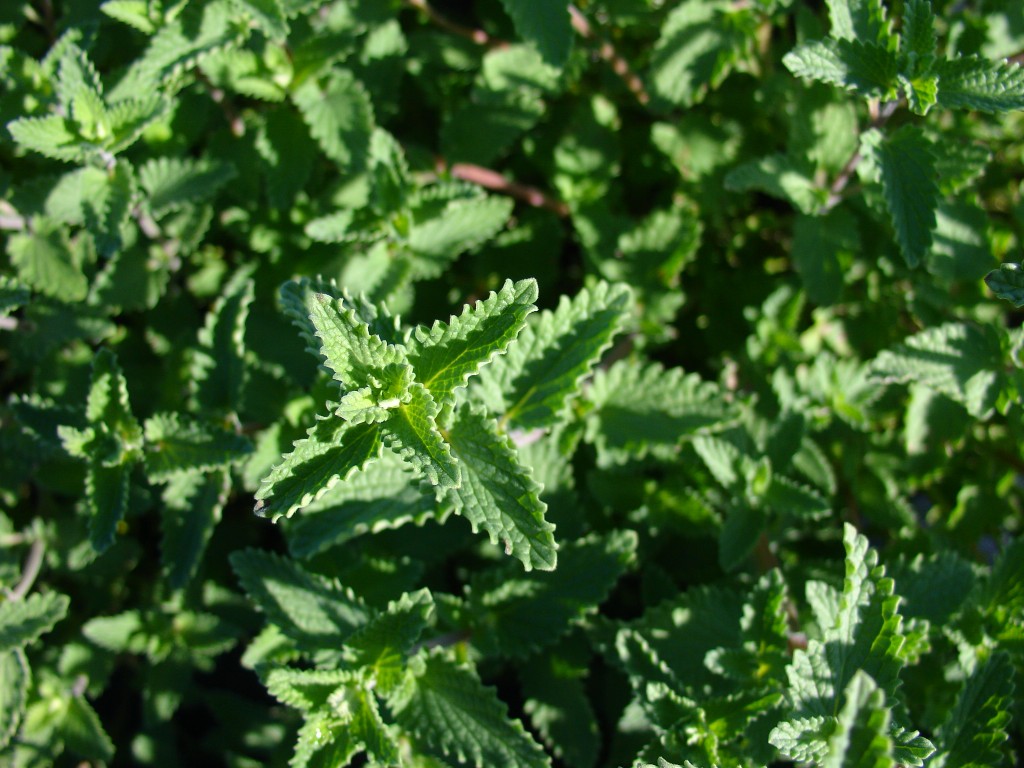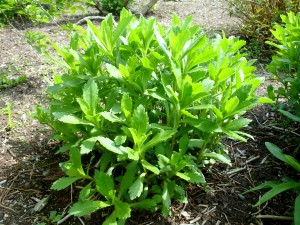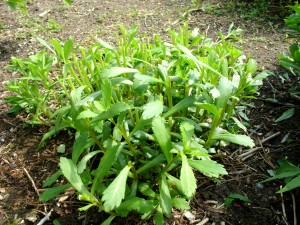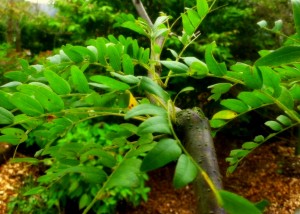
Trees are one of the most impactful elements of any landscape. There are so many trees to chose from, it can be tough to select the right one for each application. Thornless Honeylocust is a great tree to plant in the lawn. It’s open branching and delicate leaves cast only dappled shade, so grass can be grown right up to the trunk, if desired.
In general, Gleditsia have a spreading irregular habit with ferny foliage. The leaves are green in summer and turn yellow in fall. Most cultivars have a short trunk and a wide spread. Some varieties will produce pendulous dark brown, twisting seed pods, that hang from the branches until late in the season, which can be a drawback. This tree is touted to be extremely tough and incredibly salt tolerant. However, during Irene, Gleditsia on the island suffered the same foliar damage as other deciduous trees.
There are several cultivars readily available in the trade, each with slightly different habits. Consider the following cultivars for your landscape:
Halka TM : Wide, symmetrical canopy. 40’t x 40’w in ideal conditions, closer to 30′ on the island. This variety may produce 8″ long pea-like seed pods that ripen to black and hang on the branches until late in the season.
Skyline R : Pyramidal form, with ascending branches. This variety maintains a central leader, making it appropriate for limbing up to create a higher canopy than most. 40’t x 35’w in ideal conditions, shorter on the island. Essentially podless variety.
Shademaster R: Excellent growth habit, upright ascending branching producing an irregular vase-shaped or rectangular form. Generally doesn’t produce seed pods. 45’t x 35′ w in ideal conditions, shorter on the island.

